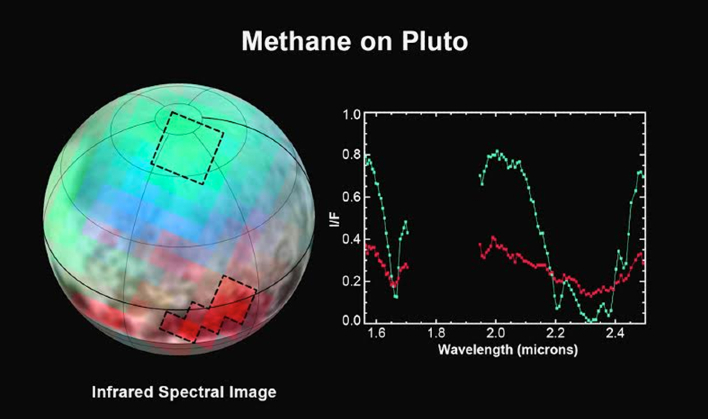Detecting Methane With NASA's Space Telescope May Help Us Discover Alien Life

When one thinks about detecting life on an exoplanet, thoughts probably go to discovering oxygen in its atmosphere. However, the presence, or lack of, oxygen is not a reliable indicator. Our own planet's history tells us that. It possibly took a billion years before the atmosphere of Earth became oxygenated. Therefore, if we happen to not find oxygen on another planet, it could simply mean we were a billion years too early, and life hasn't oxygenated the exoplanet's atmosphere yet.
Scientists at UC Santa Cruz have established a set of circumstances in which methane in an exoplanet's atmosphere could be a better indicator of potential life. This is noteworthy due to the fact that methane is one of the few biosignatures that the James Webb Space Telescope can readily detect.
"Oxygen is often talked about as one of the best biosignatures, but it's probably going to be hard to detect with JWST," said Maggie Thompson, a graduate student in astronomy and astrophysics at UC Santa Cruz and lead author of the new study.

The study examines an array of non-biological sources of methane and estimates their potential to maintain a methane-rich atmosphere. These include volcanoes, and comet or asteroid impacts. The case for methane as a biosignature stems from its instability in the atmosphere. Because photochemical reactions destroy atmospheric methane, it must be regularly renewed to preserve high levels.
Authors of the study underline the need to contemplate the full planetary context in evaluating potential biosignatures. They concluded that for a rocky planet orbiting a sun-like star, atmospheric methane is more likely to be considered a strong explanation of life if the atmosphere also has carbon dioxide, methane is more bountiful than carbon monoxide, and exceedingly water-rich planetary compositions can be disqualified.
"One molecule is not going to give you the answer—you have to take into account the planet's full context," Thompson said. "Methane is one piece of the puzzle, but to determine if there is life on a planet you have to consider its geochemistry, how it's interacting with its star, and the many processes that can affect a planet's atmosphere on geologic timescales."
Krissansen-Totton added that there is still much work to be done to fully understand any future methane detections. “This study is focused on the most obvious false positives for methane as a biosignature,” he said. “The atmospheres of rocky exoplanets are probably going to surprise us, and we will need to be cautious in our interpretations. Future work should try to anticipate and quantify more unusual mechanisms for nonbiological methane production.”

